





Ornithosis
Short characteristic of a disease

The ornithosis is an acute infectious disease which is shown by damages of the central nervous system and lungs, fever, intoxication, increase in the sizes of a liver and spleen. The contagium – Chlamydia psittaci chlamydia – gets into a human body from external environment where it is capable to remain up to 2-3 weeks, develops intracellularly.
Sources of infection with an ornithosis at people is wild also poultry: ducks, turkeys, parrots, canaries, wavy popugaychik and city pigeons. Most often treatment of an ornithosis is required to people who constantly contact to birds, in particular, to employees of meat-processing plants and poultry farms. Generally the ornithosis meets in cold season, and isolated cases of infection usually come to light. Family flashes and epidemics are extremely rare. The activator gets into an organism during inhalation of dust which contains the smallest parts of excrements of birds, and, therefore, and chlamydias. Besides, the ornithosis at people can be shown after accidental inhalation of particles of down of sick individuals. Patients with an ornithosis are not dangerous to people around and therefore they do not need urgent hospitalization in infectious departments of clinics or isolation from other family members.
What occurs after infection with an ornithosis?
So, chlamydias broke protective barriers and got into an organism through mucous membranes of upper respiratory tracts. After that they quickly are implemented into bronchioles and small bronchial tubes, quite often reaching альевол that provokes inflammatory processes. Reproduction of activators happens in cells. If at the diagnosis an ornithosis symptoms were misinterpreted and treatment was late, chlamydias will manage to get into blood, will cause intoxication and defeats of various bodies and systems – from adrenal glands to TsNS. Poisoning with toxins is explained by influence of both the activator, and products of its life activity.
Sometimes the infection gets to an organism through a cover of a digestive tract, but not through upper respiratory tracts. In this case development of an ornithosis happens according to the scenario described above, but without pneumonia which is characteristic only of aerogenic infection. Let's note also that after the postponed infection immunity, but it short-term and unstable therefore chances of recurrent diseases is developed. Only complex prevention of an ornithosis and regular surveys of employees of the poultry farms and other enterprises working with birds can help here.
Symptoms of an ornithosis and clinical picture
The incubation interval of an ornithosis fluctuates from 6 days to 2 weeks. At patients distinguish the acute and chronic course of a disease, at the same time the acute form is subdivided on typical (pneumonia) and atypical (ornitozny meningitis, an ornithosis at people without damage of lungs, a meningopnevmoniya).
Acute ornithosis. Begins with sharp temperature increase (to 39 degrees) then at patients the following symptoms are shown:
- general weakness, weakness;
- headache;
- loss of appetite;
- severe pains in muscles of a back and extremities;
- cold, nose congestion;
- dryness and irritation in a throat.
In 2-4 days the first signs of damage of lungs appear: the stethalgia amplifying at a breath, dry cough, allocation of a mucopurulent phlegm. Intoxication and fever during this period or keep at the initial level, or increase a little. If in time not to diagnose an ornithosis for people treatment will have to include correction of work of a liver and spleen. At the end of the first week they strongly increase in sizes, are followed by vegetovascular frustration and bystry fatigue even at insignificant exercise stresses. Let's note also that even after normalization of a condition of the patient, his health remains bad for a long time that is connected with residual effect of toxins. The absolute recovery comes only in 2-3 months after the beginning of a course of treatment.
If treatment of an ornithosis was insufficient or at all was absent, the infection flows in a chronic form. At patients with an ornithosis all symptoms of bronchitis, long intoxication, constantly high temperature which, however, seldom rises higher than 38 degrees are noted. The chronic ornithosis can proceed 4-5 years and more.
Possible complications at an ornithosis
It is possible to carry myocarditis, thrombophlebitises, development of an acute heart failure and hepatitis to the most dangerous effects of an ornithosis. At development consecutive infections at patients neuritis and purulent otitises are observed. The ornithosis quite often causes misbirths in pregnant women. Pre-natal infection does not happen.
Ornithosis at people – treatment of a disease
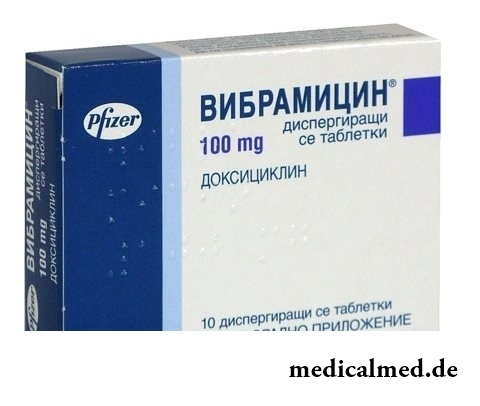
At treatment of an ornithosis sick appoint antibiotics from group of tetracyclines (Vibramycinum, doxycycline, tetracycline). The course of treatment lasts 4-7 days before decrease in temperature to normal level, and then within 10 days for fixing of the achieved results. If patients have an individual intolerance to tetracyclines, treatment of an ornithosis assumes their replacement by levomycetinum or erythromycin. They are less effective and therefore the absolute recovery of patients can come much later.
Prevention of an ornithosis
Prevention of an ornithosis comes down to early detection of an infection among poultry, to regulation of number of pigeons and sanitary and veterinary actions on the poultry farms and the other enterprises connected with cultivation of birds and processing of their meat. Quarantine actions are necessary for check of import products. Let's notice that prevention of an ornithosis is the only means for prevention of cases of infection as any vaccine against this disease just does not exist.
Each person has not only unique fingerprints, but also language.
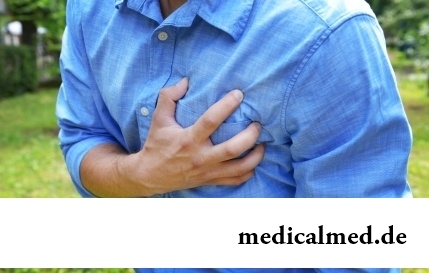
For the time being the perspective of heart diseases seems to most of people remote and foggy. But sooner or later практичес...
Section: Articles about health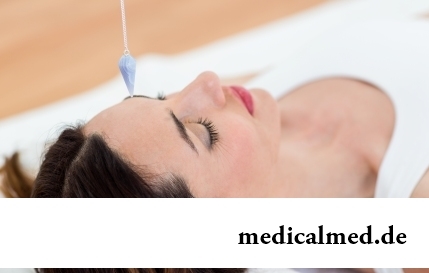
Practice of hypnotic impact on consciousness of the person contains about two millennia. During this time scientists managed to learn a lot of things about a phenomenon of hypnosis and learned to facilitate a condition of the patients having heavy illnesses with its help....
Section: Articles about health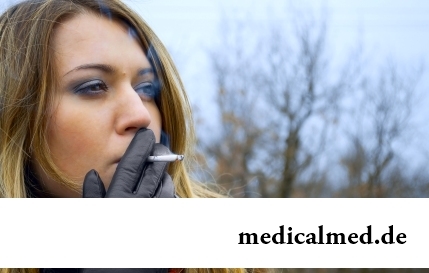
Dark circles (bruises) under eyes – a shortcoming with most of which often fight against the help of cosmetics (proofreaders, saloon procedures and so forth), eliminating only its visibility. However, according to doctors, skin around eyes – the indicator of many disturbances in an organism. To reveal them at early stages, without having disguised bruise, and having addressed its reasons – a task of each person who is regularly finding under with own eyes dark stains. Early detection and elimination of the disease lying in wasps...
Section: Articles about health
The modern person not always manages to find housing in the environmentally friendly region and such work which would not do harm здо...
Section: Articles about health
For the help to doctors in the choice of optimal solutions for treatment of various diseases the Cochrane scientific organization (Cochrane) conducts joint researches with representatives of scientific community around the world. The analysis of a series became carried out by one of the last methanolyses...
Section: Articles about health
Weakness of an ankle joint – very widespread problem. Its existence is demonstrated by tendency to a podvorachivaniye of legs when walking on heels, frequent painful sprains, pain on average and anonymous toes even after small loadings. Usually people with such pathology take off unpleasant effects by means of the anesthetizing pulverizing and ointments, but it does not lead to radical elimination of a problem. Meanwhile, at the known persistence it is possible to strengthen an ankle to the house...
Section: Articles about health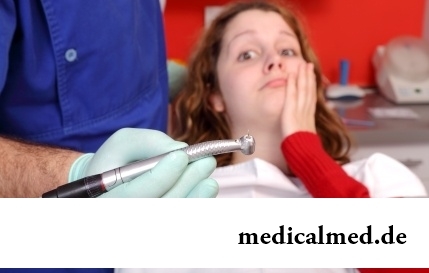
Statistically, can only one of ten of our compatriots brag of a decent condition of an oral cavity. On среднестатистич...
Section: Articles about health
Separate food - the system of meal based on digestion physiology which is carried to improvement methods. According to nutritionists, the separate use of the carbohydrate and proteinaceous products demanding different conditions of assimilation helps to get rid from Bol...
Section: Articles about health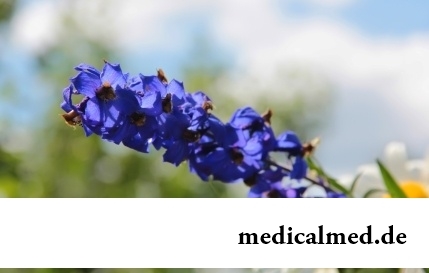
It is impossible to imagine human life in which there would be no plants. Practically in each apartment and any production room there are window plants, millions of people with pleasure are engaged in gardening and truck farming, many citizens spend free time on seasonal dachas. However we very seldom pay attention to those properties of our green pets who can make the neighbourhood with them unpleasant and even unsafe....
Section: Articles about health
Not without reason doctors say that 90% of diseases begin or develop because of misoperation of intestines. Disturbance of its functions связ...
Section: Articles about health
What is in our understanding weeds? It plants which are considered to be suitable only for compost pits and feeding of animals. Meanwhile, among the weeds growing literally under legs it is possible to find the mass of the officinal herbs possessing invaluable Paul...
Section: Articles about health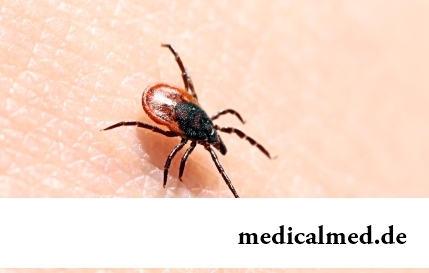
Tick-borne encephalitis – one of the most dangerous viral diseases which causative agents transfer and is given to people by ixodic mites. These are the small blood-sicking insects living in the considerable territory of our country. The person bitten by a tick can catch also erlikhiozy, bartonnelezy, babeziozy, mycoplasmosis and Lyme's disease. As well as encephalitis, these illnesses affect the central nervous system, and as specific antiviral therapy does not exist, the forecast very to a neuta...
Section: Articles about health
All diseases from nerves – in this joke a big element of truth, are said by doctors. Constant stresses lead body to decrease in protective forces...
Section: Articles about health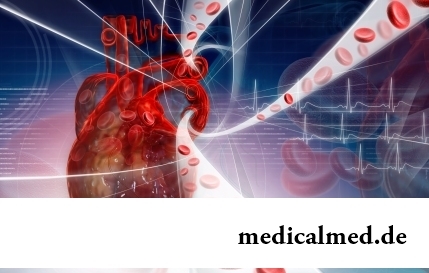
The state of health of the person in many respects depends on chemical composition of biological liquids of an organism. Specialists consider that PH value of these solutions has to be in range of 7,35-7, 45. A deviation in the smaller party (so-called "acidulation") to a chra...
Section: Articles about health
Venereal diseases in medicine are called the infections which are transmitted preferential sexually, now they and are called - infections, sexually transmitted, or STD. Among them is also life-threatening. In spite of the fact that the majority of diseases such will respond to treatment, they are widespread everywhere, and there is no tendency to decrease in incidence. Besides, some of them promptly look younger: statistically, a third of young people at the age of 16-22 years of a str...
Section: Articles about health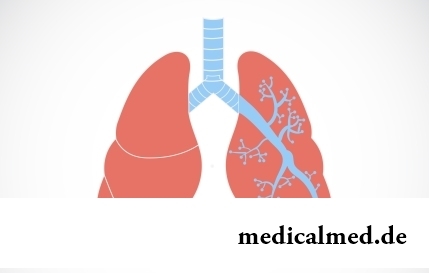
They say that to ensure health and longevity of people it is obliged. Really, at competent approach to these questions, we will pass...
Section: Articles about health
Such trouble as the milkwoman's attack, at least once in life happened almost to each woman. Prevalence of a disease is explained by the fact that the causative agent of an illness belongs to the so-called opportunistic microflora living on mucous an obol...
Section: Articles about health
Household skills which to us so diligently imparted in the childhood it appears, not always bring only benefit. According to results of the last researches, some habits which for a long time were considered useful and even necessary can become the reason of serious indispositions. Here only seven the most widespread of them....
Section: Articles about health
Any of us is not insured from a heavy illness of the loved one. Happens and so that someone from family members becomes lying бо...
Section: Articles about health
Herpes simplex of the first type (the infectious disease which is shown periodic bubble rashes on lips is called) – one of the most widespread illnesses. Statistically, only 5% of inhabitants of our planet are unreceptive to its activator, and...
Section: Articles about health
The summer of this year in Russia was very ambiguous. Regions suffered from a merciless heat, from pouring rains, the hail from time to time dropped out, then there was again a heat which alternated with rainfall again. Many people suffer from such sharp changes of weather. Even flu epidemics and a SARS were recorded....
Section: Articles about health
The person, as well as all other beings living on our planet feels weather changing. It is normal meteosensitivity, not...
Section: Articles about health
Childbirth is the most important event in life of each woman. We are women we give birth to the new little man on this light. Now the tendency to that was outlined, as men want to participate in labor too. But there is a question and whether it is worth allowing the husband...
Section: Articles about health
Statistically cystitis 25-30% of women up to 40 years have. With age this indicator raises, besides many do not get to statistics because do not see a doctor. The most sad that after the regular visits to doctors, long reception of antibiotics and life in the mode "it is necessary to take care" cystitis all the same is returned to a half of women. Symptoms of cystitis are unambiguous and it is impossible to confuse them with anything: bladder pain, burning at an urination, frequent desires to go to a toilet, a vynuzhd...
Section: Articles about health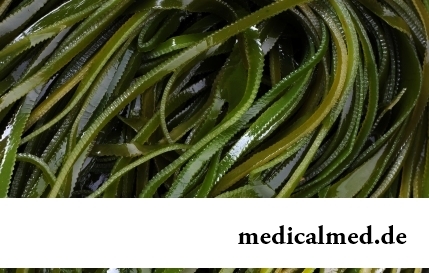
For residents of the countries of Southeast Asia various algas are an obligatory component of a daily diet. Their priest...
Section: Articles about health
Today about 30 diseases, sexually transmitted are known. Wide circulation of these illnesses is extremely promoted by the dual attitude towards them: on the one hand, most of people know about "shameful" diseases and not a stirrup very little...
Section: Articles about health
The state of health of the person depends on many factors. One of the most important is the constant, but not exhausting a physical activity. In the presence of various illnesses specialists often advise patients to do swimming which by right takes the leading place by efficiency of improvement, having at the same time a few contraindications. Today we will talk about the main directions of therapeutic impact of swimming on a human body....
Section: Articles about health
